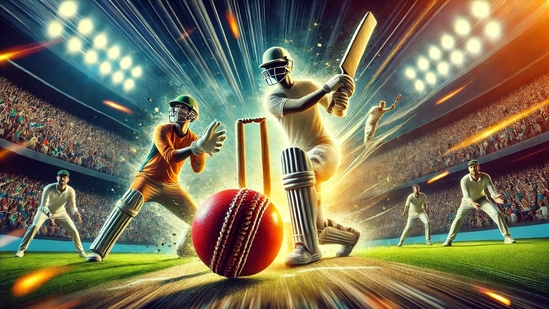The Bharat New Car Assessment Programme (BNCAP) safety standards officially commenced in India on October 1, 2023, following their introduction in August by the Union Minister for Road Transport and Highways (MoRTH). Marking the initiation of the first phase of crash tests on December 15, 2023, more than three dozen cars are slated to undergo comprehensive assessments. Noteworthy automotive manufacturers such as Maruti Suzuki, Hyundai, Tata Motors, and Mahindra have enlisted for Bharat NCAP ratings.
Among the trailblazers in accepting this challenge, Tata Motors has proactively submitted its PunchHarrier, and Safari facelifts for evaluation. Impressively, these models have previously achieved a stellar 5-star rating in Global NCAP crash tests. Tata Punch, when tested under Global NCAP in 2021, featured dual airbags as a standard safety component. However, it’s worth noting that curtain airbags were not available as an option on higher trims at that time. Recent reports indicate that the Tata Punch is set to elevate its safety quotient, as it is now observed with curtain airbags during its Bharat NCAP testing. Intriguingly, its rival, the Hyundai Exter, already boasts the standard inclusion of six airbags.

The baseline safety features of the Tata Punch encompass an anti-lock braking system (ABS) with electronic brakeforce distribution (EBD), brake sway control, and Isofix child seat anchors. Elevated trims enjoy additional amenities such as a tyre pressure monitoring system, traction control, reverse parking camera, central remote locking with a flip key, anti-glare IRVM, follow-me-home headlamps, and rain-sensing wipers.
At a broader level, Bharat NCAP meticulously aligns itself with global testing protocols. The program employs a star rating system, ranging from 1 to 5, for the vehicles subjected to testing. The comprehensive evaluation encompasses three crucial areas: Adult Occupant Protection (AOP), Child Occupant Protection (COP), and the incorporation of Safety Assist Technologies. This thorough process involves three distinct tests: frontal impact test, side impact test, and side pole impact test.
Image Source








